
How to Use round TFT display: Examples, Pinouts, and Specs
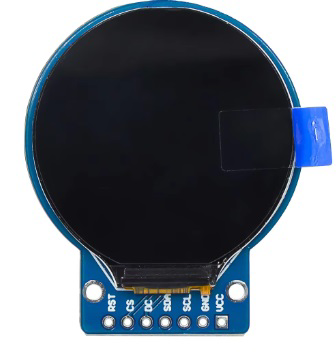
 Design with round TFT display in Cirkit Designer
Design with round TFT display in Cirkit DesignerIntroduction
The 240 GC9A01 is a round Thin-Film-Transistor (TFT) display manufactured by Arduino, designed to provide high-quality visual output with rich colors and high resolution. This display is commonly used in wearable devices, smart home applications, and any project where a compact and aesthetically pleasing visual interface is required.
Explore Projects Built with round TFT display
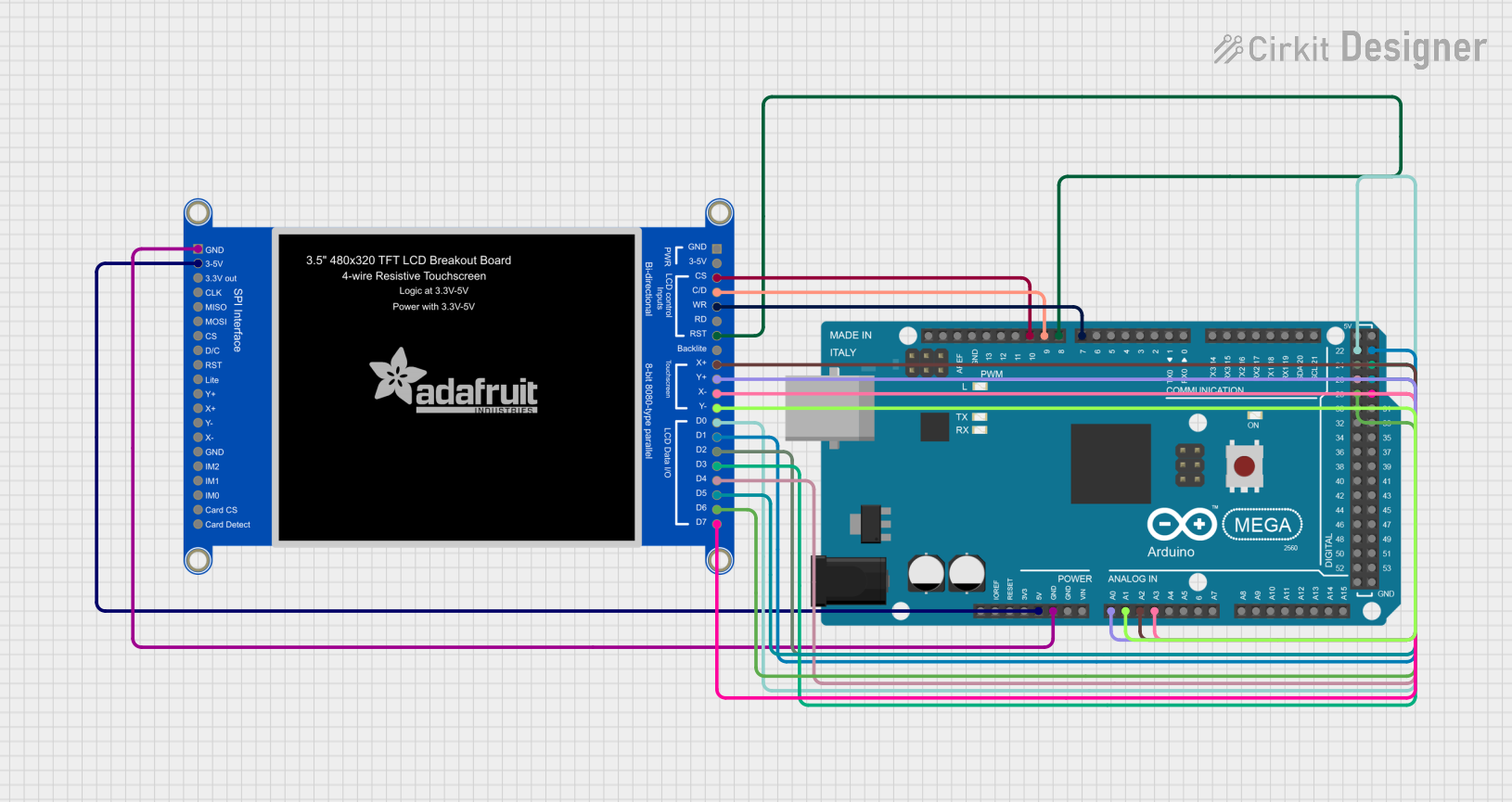
 Open Project in Cirkit Designer
Open Project in Cirkit Designer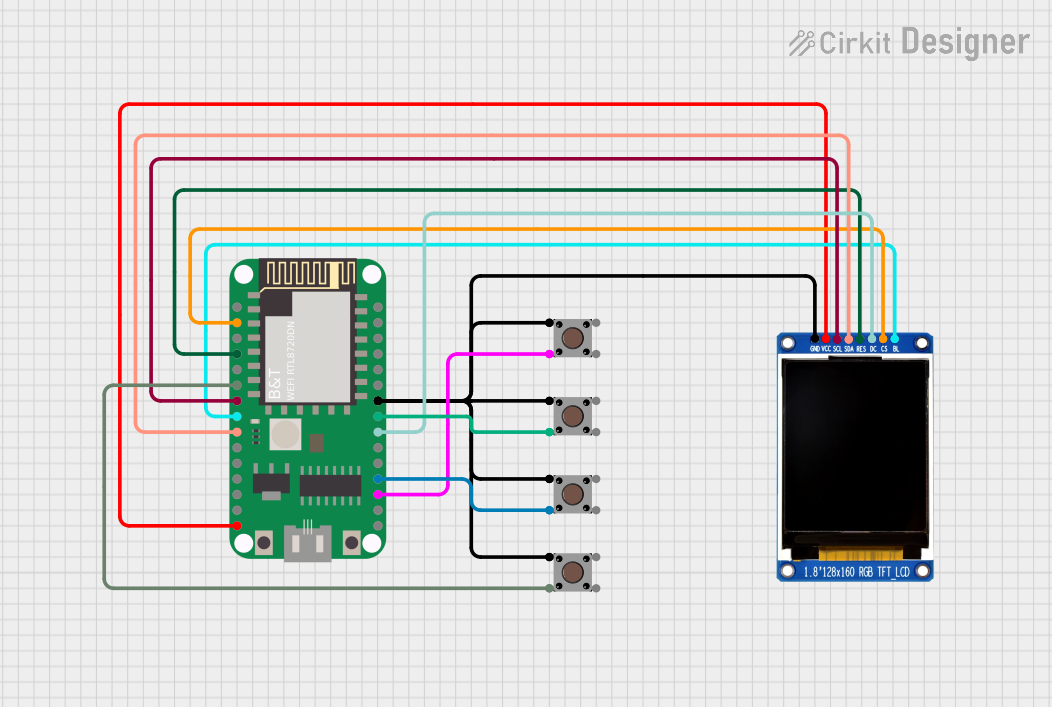
 Open Project in Cirkit Designer
Open Project in Cirkit Designer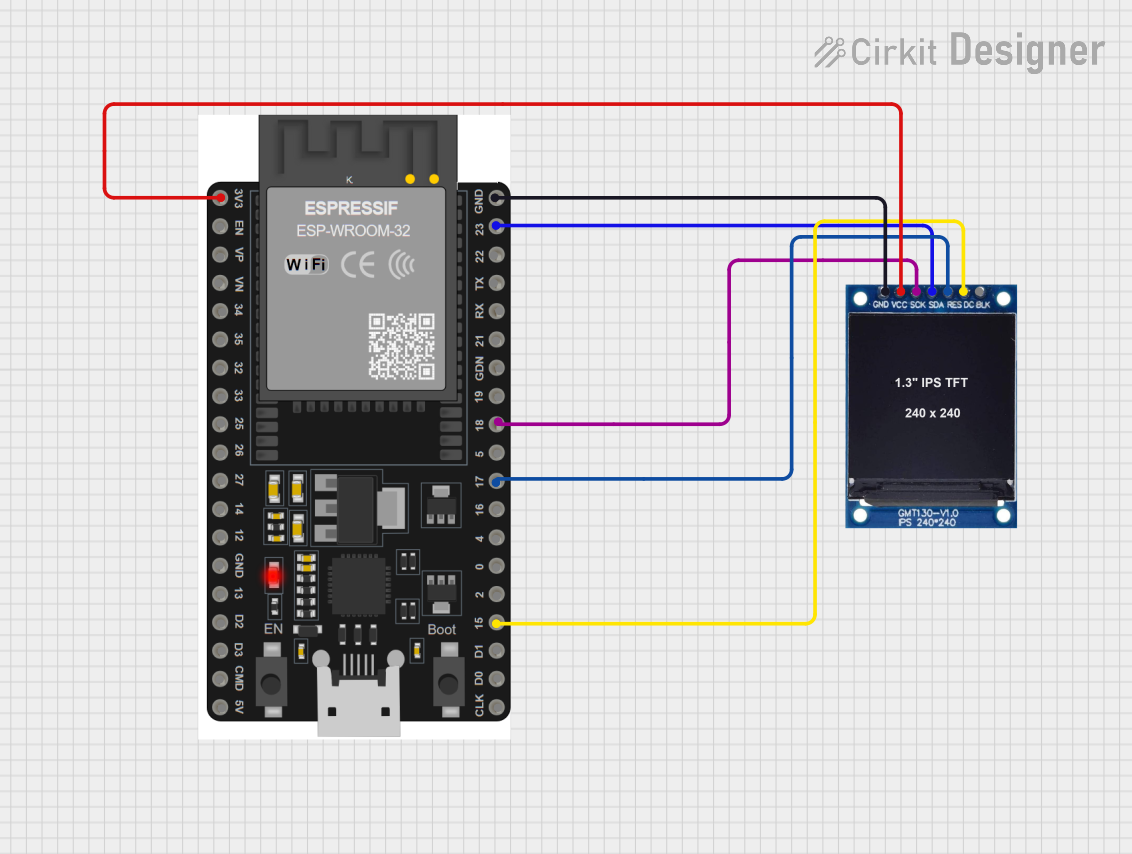
 Open Project in Cirkit Designer
Open Project in Cirkit Designer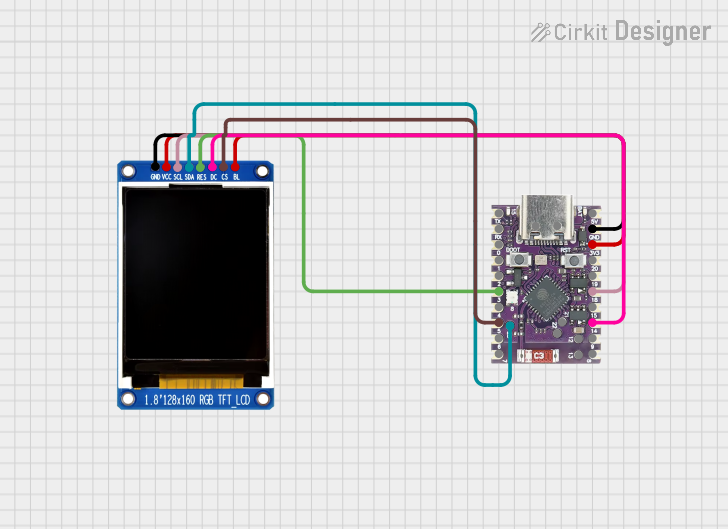
 Open Project in Cirkit Designer
Open Project in Cirkit DesignerExplore Projects Built with round TFT display

 Open Project in Cirkit Designer
Open Project in Cirkit Designer
 Open Project in Cirkit Designer
Open Project in Cirkit Designer
 Open Project in Cirkit Designer
Open Project in Cirkit Designer
 Open Project in Cirkit Designer
Open Project in Cirkit DesignerTechnical Specifications
General Features
- Display Type: Round TFT
- Resolution: 240 x 240 pixels
- Display Colors: 16-bit, 65K colors
- Interface: SPI/I2C
- Supply Voltage: 3.3V - 5V
- Operating Temperature: -20°C to 70°C
Pin Configuration and Descriptions
| Pin Number | Pin Name | Description |
|---|---|---|
| 1 | VCC | Power supply (3.3V - 5V) |
| 2 | GND | Ground |
| 3 | SCL | Serial Clock for SPI/I2C |
| 4 | SDA | Serial Data for SPI/I2C |
| 5 | RES | Reset pin |
| 6 | DC | Data/Command control pin (SPI only) |
| 7 | CS | Chip Select (SPI only) |
| 8 | BLK | Backlight control (PWM capable) |
Usage Instructions
Connecting to an Arduino UNO
- Connect the display VCC to the Arduino 5V pin.
- Connect the display GND to the Arduino GND pin.
- Connect the display SCL to the Arduino pin A5 (SCL).
- Connect the display SDA to the Arduino pin A4 (SDA).
- Connect the display RES to a digital pin (e.g., D9).
- Connect the display DC to another digital pin (e.g., D8).
- Connect the display CS to another digital pin (e.g., D10).
- Connect the display BLK to a PWM-capable pin (e.g., D6) for backlight control.
Programming the Display
To control the 240 GC9A01 display with an Arduino UNO, you will need to use a library that supports this display, such as the Adafruit_GFX library, along with a library specific to the display's driver chip.
Here is a basic example of how to initialize the display and draw a simple shape:
#include <Adafruit_GFX.h> // Core graphics library
#include <Adafruit_GC9A01.h> // Hardware-specific library
#define TFT_CS 10
#define TFT_RST 9
#define TFT_DC 8
#define TFT_BL 6
Adafruit_GC9A01 tft = Adafruit_GC9A01(TFT_CS, TFT_DC, TFT_RST);
void setup() {
pinMode(TFT_BL, OUTPUT);
analogWrite(TFT_BL, 128); // Set backlight to half brightness
tft.begin();
tft.fillScreen(GC9A01_BLACK); // Clear the screen to black
}
void loop() {
tft.drawCircle(tft.width() / 2, tft.height() / 2, 50, GC9A01_WHITE);
}
Important Considerations and Best Practices
- Always ensure that the power supply voltage matches the requirements of the display.
- Use a level shifter if necessary when interfacing with a 5V microcontroller.
- Avoid exposing the display to extreme temperatures or humidity.
- Handle the display with care to prevent damage to the screen or the flex cable.
Troubleshooting and FAQs
Common Issues
- Display Not Powering On: Check the connections to VCC and GND, and ensure that the power supply is within the specified voltage range.
- No Image or Incorrect Colors: Verify that the SPI/I2C connections are correct and that the correct driver library is being used.
- Dim or Flickering Backlight: Ensure that the BLK pin is connected and that the PWM signal is within the correct range.
FAQs
Q: Can I use this display with a 5V Arduino? A: Yes, but ensure that the logic levels are compatible. Use a level shifter if necessary.
Q: How can I adjust the brightness of the display? A: The brightness can be adjusted by sending a PWM signal to the BLK pin.
Q: What libraries are required to use this display with an Arduino? A: You will need the Adafruit_GFX library for core graphics functions and a library specific to the display's driver chip, such as Adafruit_GC9A01.
Q: Can I use this display in outdoor environments? A: The display is not specifically designed for outdoor use and may not be visible in direct sunlight. Additionally, it should be protected from extreme weather conditions.
For further assistance, consult the manufacturer's datasheet and the community forums dedicated to Arduino and display technologies.